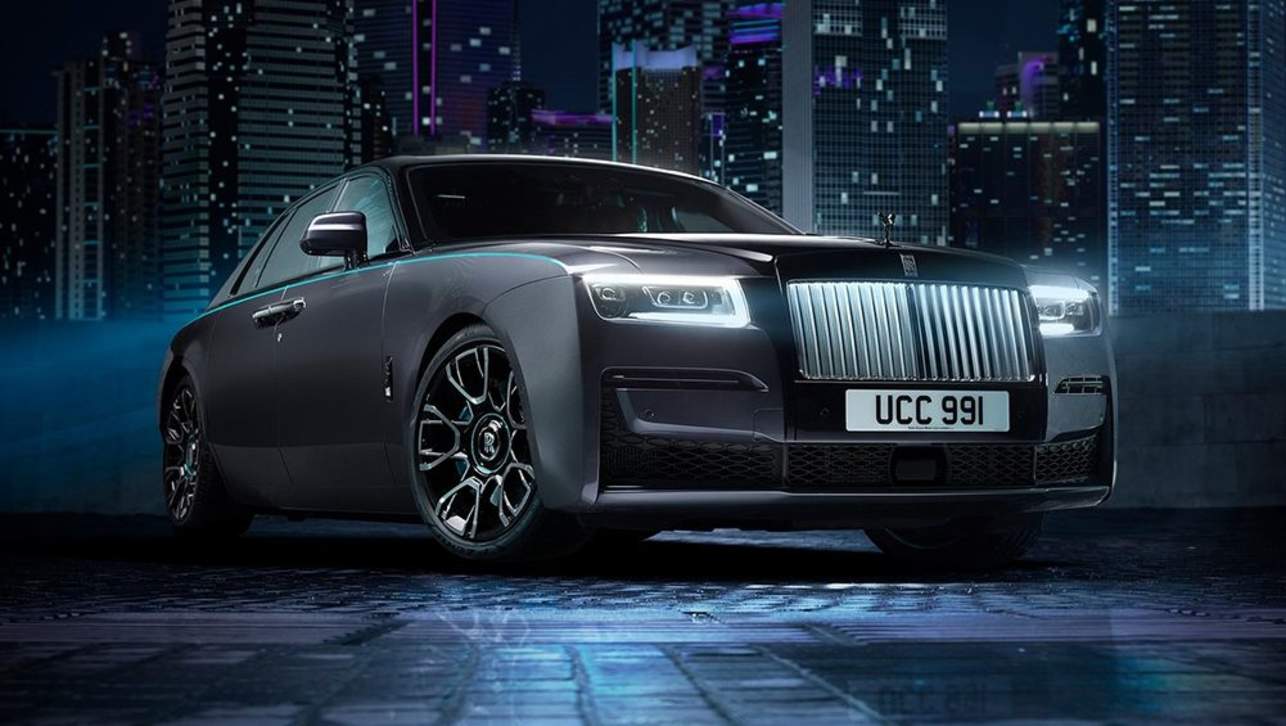Why are so many willing to pay so much for so few obvious benefits?
Most of us don't shell out six-figure sums for a car, but plenty of people do, and you have to wonder why.
Is it simply because they can, because a car is a highly visible status symbol that can make you feel, and look, wealthier every day? It's exceedingly difficult to drag your giant house down to the golf-club car park after all.
Sadly this theory probably holds some water, or some overpriced champagne, but the fact is that expensive cars - not all, but some - really do feel special to drive. Whether they're worth the money Australians have to pay for them is another debate entirely, but something like a Porsche 911 has a kind of engineering purity, a sense of build quality and teutonic tactility, that elevates driving, even in traffic, to a different level of joy.
But you can get nearly all of that joy for less, in a $112,090 Cayman, too.
Similarly, a BMW M4 feels and sounds special, with muscular steering and spine-whacking acceleration, as you would hope it should for $156,900, but much of that sheer driving pleasure DNA can also be felt in a 435i Coupe, for $108,500, or even a 420i at a comparatively bargain priced $69,500.
The extra performance of the M4 is something you'll only rarely appreciate, unless you own a race track, so spending the extra is hard to justify this side of showing off.
The good news however, is that much of this seemingly ephemeral and expensive driving joy can be had for far less money, once you convince yourself to be blind to badges.
Behold our list of champagne cars for craft-beer money

So, you think you can't afford a super car?
Sure you might need to sell an organ or two, but the incredible Alfa Romeo 4C - with the looks of a Ferrari, the racing snarl of a Maserati and the all-carbon-fibre construction of a Lamborghini - brings the supercar dream down to an almost attainable level, with its launch price tipped to be around the $80,000 mark.
It feels like we've been waiting forever for this car to arrive in Australia, although Alfa says it's definitely almost nearly here, but that's because world demand has been berserk. And building an F1-like carbon-car takes time.
How Alfa has managed to make this super-light (just 895kg), super-handling and seriously quick car - 0 to 100km/h arrives in a Porsche-worrying 4.5 seconds - to market at a price less than six figures is some kind of Italian economic miracle. Perhaps they've fiddled the books.
Best of all, it looks so good you wouldn't be surprised if it cost a million dollars.
Truly super value.

A not-so-poor-man's Porsche
The last Volkswagen Golf GTI, the Mk VI, was such a great driver's car that more than one magazine posited the theory that it was the 911 you could actually afford - it is German after all, and VW actually owns Porsche these days so there's a certain sense in it.
The new, Mk VII GTI is an even more incredible car, but VW has gone a step further with the Golf R - the fastest Golf in history, and with all-wheel drive and a $51,990 price tag it's one of the greatest performance bargains on the road today.
It might not please the people at Porsche to suggest this, but a well-driven Golf R on a twisty bit of road would give a Porsche Cayman owner a horrible, wallet-hurting fright, and a few 911 owners for that matter.
It combines prodigious grip with serious rip from its 206kW/380Nm 2.0-litre turbocharged engine. A $112,090 Porsche Cayman has only 202kW and 290Nm and will hit 100km/h in 5.6 seconds, while the Golf R gets there in five flat, which is a huge difference. Even a $228,150 Porsche 911 Carrera 4 only does it in 4.9.
This is all the German car any enthusiast needs.

Boxer-ing clever
There are only two car companies in the world willing to tackle the complexities of a boxer engine (in which the cylinders lie flat and punch side to side, instead of up and down) - Porsche and Subaru.
Engineers from the riotously rich German company admit they're deeply impressed that the relatively small Japanese concern can manage the engineering task, but the rewards are clearly worthwhile and nowhere more evident than in the legendary Subaru WRX.
This incredible car has held the bang-for-your-buck world title belt since its launch in 1995, thanks to its all-wheel-drive setup, sharp chassis and 2.0-litre turbocharged boxer engine which now makes 195kW and 343Nm and will hit 100km/h in 5.4 seconds.
Sure, over some of those years it looked like it had been badly beaten up by a designer with a death wish, sporting the equivalent of two black eyes for a while, but the latest version is possibly the best-looking ever.
Better yet, the new WRX is just $38,990, making it a full $1000 cheaper than when the original Rex appeared in 1994.
Yes, there are quicker cars on the road, but not many, and very few that are more involving.

Cheap and ridiculously cheerful
It's probably physically impossible to drive a Toyota 86/Subaru BRZ without a smile on your face, and not just because you can't believe the price tag.
What you need to know straight up is that the Toyobaru - a joint project between Subaru's engineering brilliance (they brought the 2.0-litre boxer engine, but no turbocharger, sadly) and Toyota's global dominance - is not fast. Its 147kW naturally aspirated engine will get you to 100km/h in 7.6 seconds, so you won't see which way a Golf R went. But then it does only cost $29,990.
What you get for that price is far more than numbers on a page can express. Its steering has been favourably compared to Porsche's, its rear-wheel-drive and light weight make it a hoot to throw around and there's a kind of purity and simplicity to it that revisits the kind of fun that cars used to be.
It's a cheap way to show off the same smile that the guy in the 911 is wearing.



.jpg)


.jpg)

.jpg)
 copy.jpg)


.jpg)
.jpg)
.jpg)



.jpg)
.jpg)




-W.jpg)




Comments